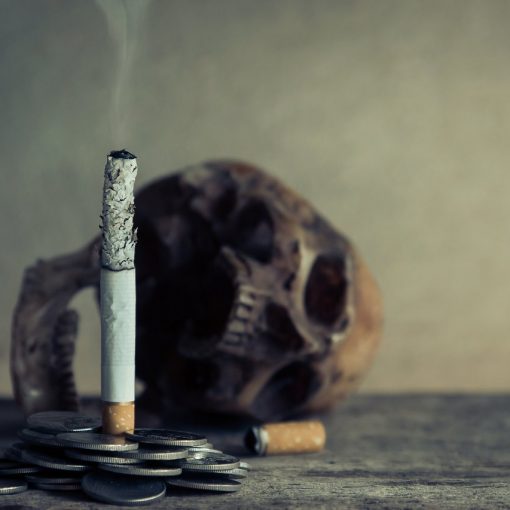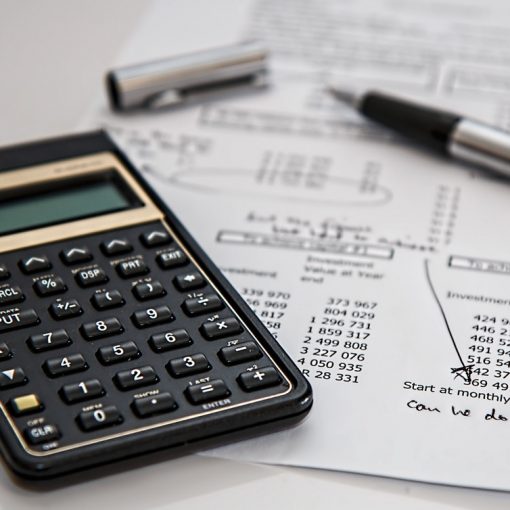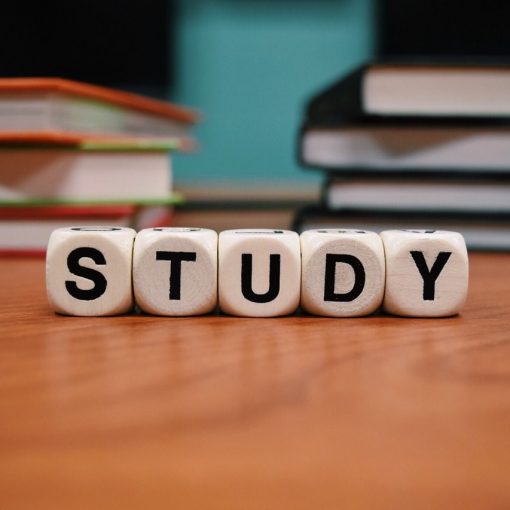Relevant Exam Boards: A-Level (Edexcel, OCR, AQA, Eduqas, WJEC), IB, IAL, CIE
Edexcel Economics Notes Directory | AQA Economics Notes Directory | IB Economics Notes Directory
Public Goods Definitions:
- A public good is defined as a good which is non-excludable and non-rivalrous.
- A good is non-rivalrous if the consumption/use of it will not decrease the possibility of others doing so.
- A good is non-excludable if anyone can use or access it, without monetary payment.
- A quasi-public good is a good which is non-excludable but rivalrous; or excludable but non-rivalrous.
- A good in Economics is defined as anything which humans can derive utility from.
- A private good is defined as a good which is excludable and rivalrous.
Public Goods & the Free-Rider Problem Explanation:
In Economics, a public good does not mean something is under public ownership. Instead, a public good is something that is freely usable by anyone, without cost and exclusion, and does not reduce in quantity available when used. The Ozone layer in our atmosphere, for example, is a public good. It protects us from harmful radioactive rays from the Sun that can cause cancer (giving us utility), and anyone can benefit/access it (non-excludable) without taking away the opportunity for others to do so (non-rivalrous). Note that whenever there is a monetary cost to consume a good, it becomes excludable as there are people who cannot access the good. For example, private tuition is a private good. Because anyone can access a public good (like traffic lights), nobody is willing to produce it since they cannot reimburse the cost of production. This is called the free-rider problem. As a result, the government tends to provide public goods in order to tackle missing markets for these goods and to improve economic efficiency. Public goods often suffer from abuse (the ‘Tragedy of the Commons‘) as nobody is willing to pay the cost for maintaining it, as nobody owns it. Such is the case for the depletion of our Ozone layer and the gradual destruction of our environment via over-fishing, greenhouse gases and climate change.
Public Goods & the Free-Rider Problem Notes with Diagrams/Graphs:
Want a closer look? Download Public Goods and the Free-Rider Problem notes.
Public Goods & the Free-Rider Problem Video Explanation  (Featuring EconPlusDal)
(Featuring EconPlusDal)
The left video is a quick, key summary on Public Goods by EconPlusDal, whereas the right video is the in-depth Qurious Education lesson for Public Goods and the Free Rider Problem.
Public Goods Multiple Choice Questions
Confused about the answers and need a more thorough explanation? Watch our YouTube video on these questions instead.
Download these Public Goods multiple-choice questions if you want a closer look.
Public Goods in the News
Related A-Level, IB Economics Resources

Quasi-Public Goods
Market Failure from Public Goods
![]()
Public, Private and Free Goods
Follow us on Facebook, TES and SlideShare for resource updates.




